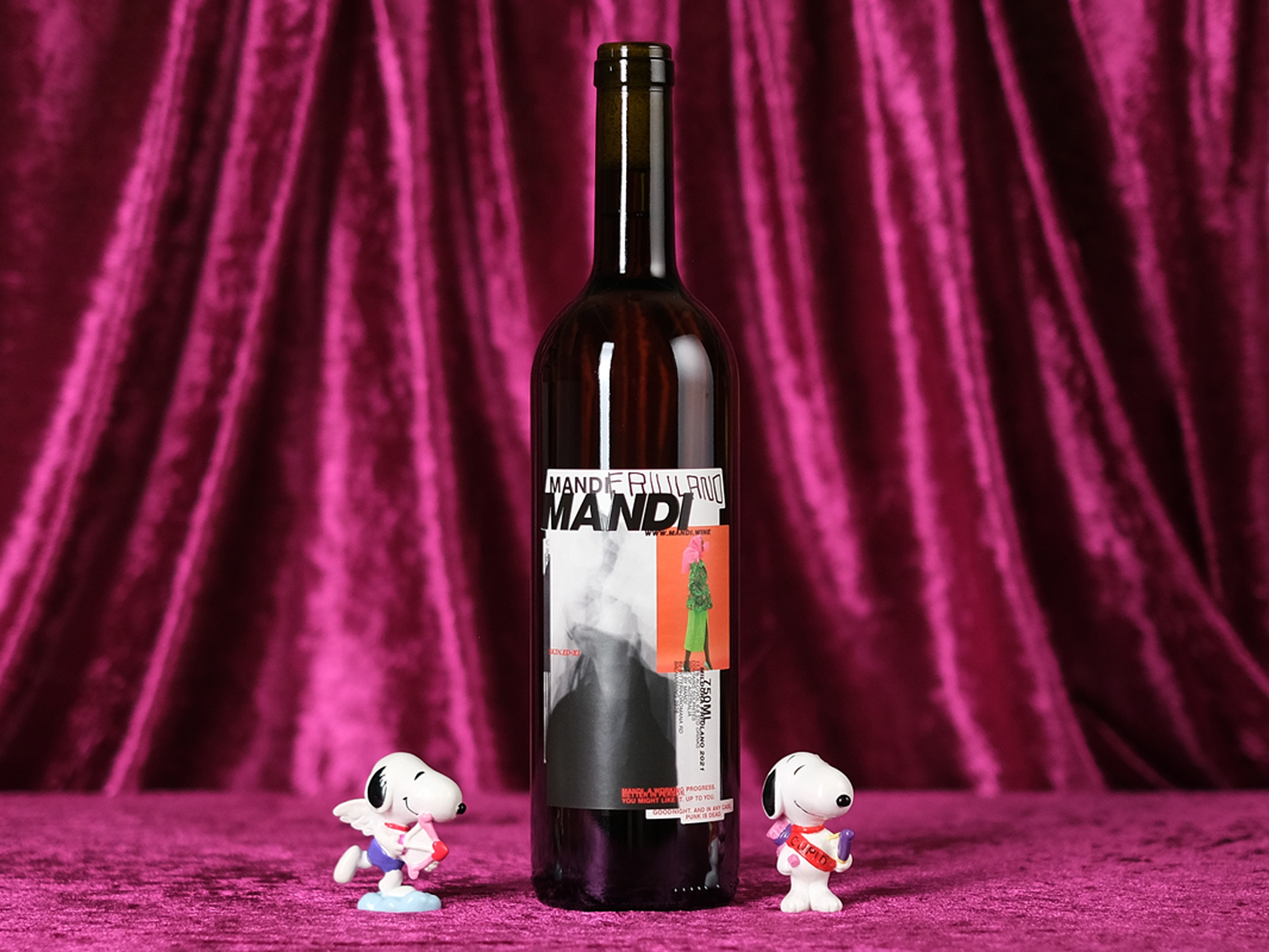Having championed pinot grigio in the 90s, Kathleen Quealy and Kevin McCarthy are now leading the charge for friulano in this country. And it is a variety that is well suited to McCarthy’s love of skin contact, with this version offering a vibrant lift of ginger, herbs and orange peel notes, a gentle grip providing savoury refreshment.
Tasting note
This has a coppery amber hue from 11 days on skins, with lifted notes of dried orange peel, ginger snaps, cider apple and orange blossom, with spices and dried herbs accenting. This has classic skinsy grip on the palate, but it’s a gentle expression, adding refreshment and pleasingly dry element to make this super refreshing and very food friendly wine.
Themes of this wine
Friulano
Friulano is revered in its home region of Friuli in Italy, and across the border in Slovenia, but it’s barely grown outside of it, except for vineyards in Chile that were long thought to be sauvignon blanc. Friulano can be made quite fine and elegant, displaying notes of soft herbs, wild grasses, citrus and pear, with minerality channelled well into the wine, but it can also be relatively rich, with those gentle herbal notes persisting, but riper and cooked pears, and even white stone fruit can chime in.
Skin contact
The skins hold the colouring matter and lots of tannin. Leave them in contact with the juice/wine and you’ll extract those elements. Most conventional white wine sees no skin contact, rosé a little bit to get a blush, and red wine plenty to get the colour and structure. Skin-contact whites… well, they have some skin contact. Yep. More colour, more tannin and a different flavour profile.
Murray Darling
The Murray Darling wine region is Australia’s third largest wine region, with Mildura as its key town. The region flanks the banks of the Murray, meaning that that region spills into both New South Wales and Victoria. It is a region known for bulk wine, with ample sunshine and irrigation bringing high yields of grapes to reliable ripeness with minimal disease issues. In recent times, a quality push has seen some growers reduce yields and focus on climate-apt varieties, with those of Southern Italy a main feature.



